How to fish for trout in different seasons: winter, autumn, spring, summer
Pond trout fishing is a technique that knows no stops. Fishermen who frequent quarries and sport fishing facilities can practice it in all seasons: spring, summer, autumn and winter.
The trout are always there thanks to the skilful work of the managers who manage to populate the bodies of water even when it is hot (spring temperatures permitting). Instead, it is up to the fisherman to do his best to catch rainbow trout, which tend to change their habits depending on the season, climate and water temperature.
Today we will propose a very useful handbook for fishing for trout in different seasons. We will start from spring, then arrive in summer, autumn and winter.
How to fish for trout in spring
The beginning of spring falls on March 20th and continues until June. This is an intermediate, transitional season. The temperatures are pleasant, but the nights can still be cold while the days tend to get longer, so there is more sunshine which determines a slow but constant heating of the water.
This premise is necessary to understand the habits of rainbow trout. In lakes, in fact, trout experience change and take on contrasting behaviors. Sometimes they rise to the surface of the water, looking for food. Sometimes, however, the trout move to the bottom and stay there to keep cool.

So it comes naturally to ask: how to fish for trout in spring? When the trout show unmistakable movements on the surface, it is necessary to set up the fishing trip with the tremarella technique. The lines must have slides of 3/6 grams or sinkers of 2 to 5 grams, intended to work on the surface with terminals between 120/180 centimeters and 50/90 centimeters respectively.
For large quarries it may be useful to look for trout with 8/20 gram rods, combined with long leaders, between 150 and 180 centimetres. If the trout are absent on the surface, it will be necessary to try float fishing with the peacock feather or with the "cork".
Instead of mounting the slide, it will be necessary to apply a torpille or a shoulder strap (possibly reverse) on the line. The terminals must not exceed 50/60 centimetres. As far as bait is concerned, also bait the mealworm, or double-worm, kaimano and silicone baits such as sickles or fake mealworms.
How to fish for trout in summer
Trout fishing in summer aims to capture specimens that tend to escape the light, which take refuge on the bottom of the pond, in the center of it. Trout rarely move on the surface of the water due to the high temperatures in July and August. Often, however, they remain anchored to the seabed.

Therefore it is necessary to fish them with a technique that can reach the center of the body of water: the bombard. It is necessary to use 10/30 gram bombards, with a fairly pronounced degree of sinking. The terminals can have lengths between 120 and 150 centimetres. The recovery will be fast, intermittent and will aim to stimulate the appetite of the trout with voluminous baits such as double-worm, mealworm and kaimano, mealworm and batter.
As an alternative to the bombard, in the presence of small lakes, you can always try float fishing which must be set up by probing the seabed and positioning the bait (worm or earthworm) an inch away from it.
How to fish for trout in autumn
Fishing for trout in the fall is especially fun. We are once again in a time of change that goes from mid-September to mid-December, with the days getting shorter, the air starting to get crisp and the water temperature starting to cool before winter.
In this environmental context, the trout are mainly positioned on the surface, while some specimens move towards the bottom. The bulk of the school, therefore, remains between the water surface and the surface of the pond, even approaching the shore, avoiding the center of the pond. It's time to unleash tremarella rods with 2/6 gram slides or 3/5 gram sinkers, with terminals of 90/120 centimeters and 50/70 centimeters respectively.

The retrieves will be continuous, aggressive, with frequent pauses and restarts, always keeping the rod moving with the tremble. Float fishing is not necessary because the conditions do not require it. However, for those who do not want to give it up, it will be necessary to adjust the height of the trout float between one and a half meters and two and a half metres.
After throwing, you will need to carry out a continuous action of recovery and stop, recovery again and then stop. A sort of hybrid between tremarella and float fishing. As regards bait, in autumn you can use mealworms, earthworms, caimans, batter and salmon eggs.
How to fish for trout in winter
Winter is the time of year that shows particular complexities for trout fishing. Understanding habits is not easy. The temperature drops significantly during the night. The days have numbered daylight hours. We also enter the reproductive period of rainbow trout. Metabolism changes, so appetite is negatively affected.
How do you fish for trout in winter? Let's try to give more answers: with the slide, with the plummet but above all with the float. The trout move a little on the surface, a little in the middle and also on the bottom. The biggest ones get caught and anchor to the bottom, showing their appetite at an all-time low. Small to medium sized trout maintain some activity, especially after planting. You will therefore fish with 2/5 gram slides and 2/4 gram sinkers, armed with quite long terminals, respectively between 120/200 centimeters and 90/120 centimeters.

Float fishing remains the ultimate for lake trout in winter. The most suitable line includes a slide of the same capacity as the float (a pen or a trout "cap") and a terminal between 50 and 100 centimetres. Finally, bait such as mealworms, mummified mealworms, earthworms, caiman, salmon eggs and batters, preferably fluorescent green in colour, are essential.
You now have a plethora of tips for the current season at your disposal. Run to the pond and put them into practice... the trout are waiting to battle you!

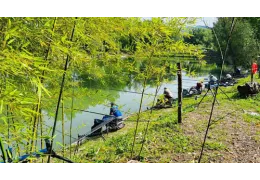
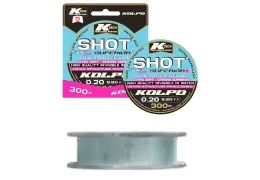
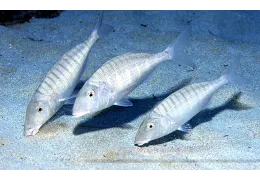
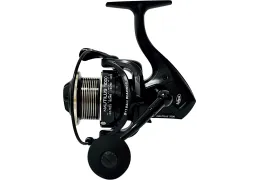
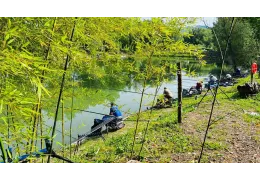
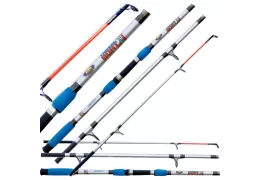
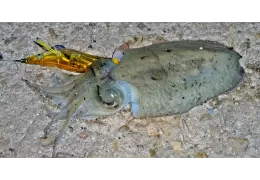
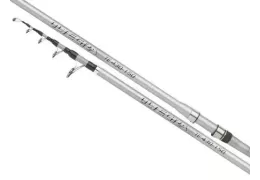
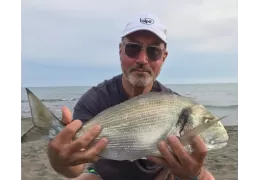
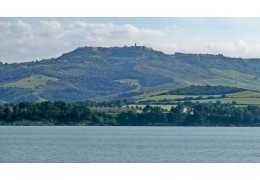

Leave a comment
Log in to post comments